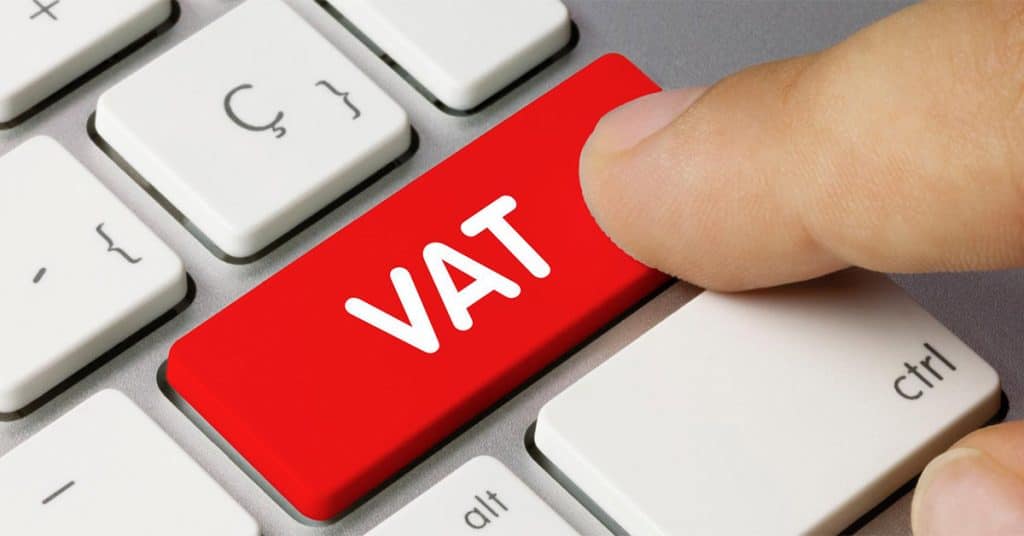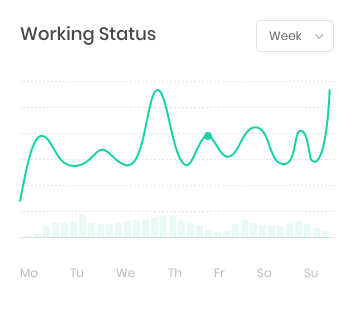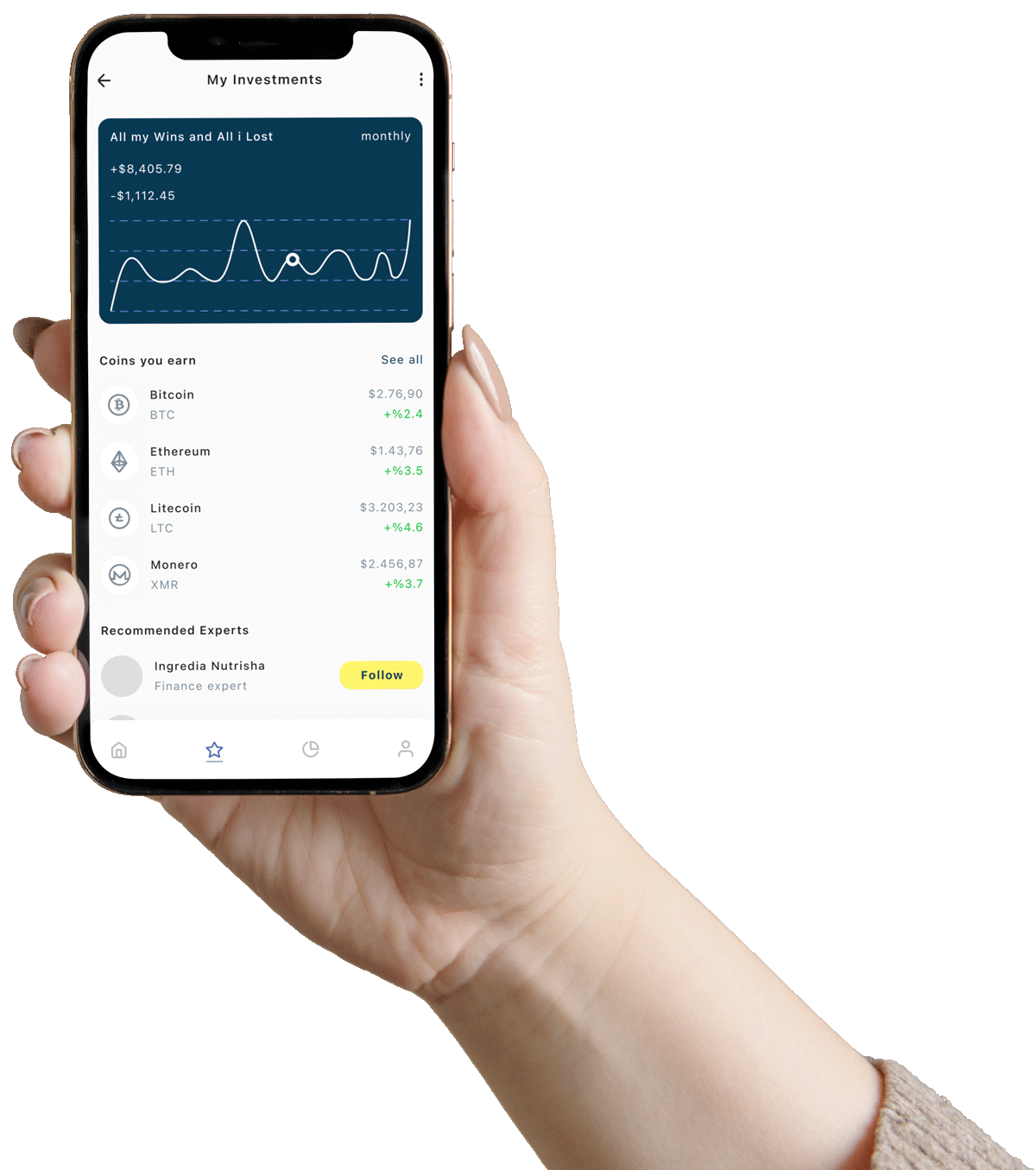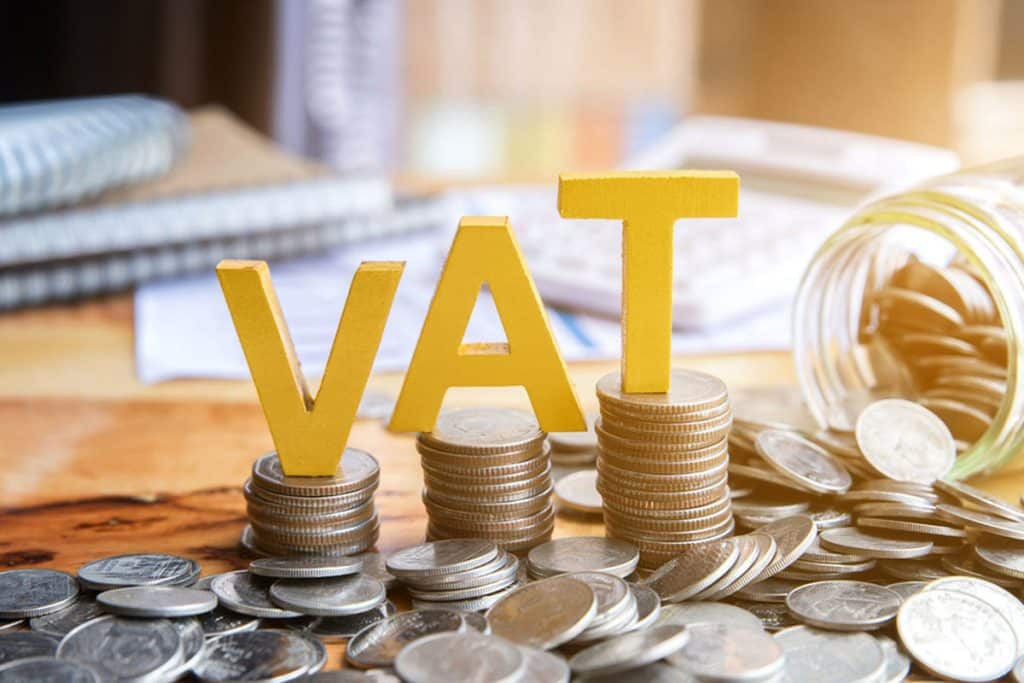+968 9596 3381
Phone Number
[email protected]
Email Address
Mon - Thu: 8:00 - 5:00
Online store always open
Phone Number
Email Address
Online store always open
WhatsApp Us Today
Drop Us an Email Today
Google Map Location
Saturday to Thursday
The introduction of Value Added Tax (VAT) in Oman in April 2021 was a landmark reform that changed the way businesses—especially small and medium enterprises (SMEs)—operate. VAT is not just another tax; it is a consumption-based levy applied to most goods and services, making it an integral part of business pricing, invoicing, and reporting.
For SMEs, VAT compliance is more than just a legal obligation. It impacts cash flow, financial planning, and competitiveness in the market. Unlike large corporations with in-house tax teams, SMEs often struggle to adapt to new regulatory frameworks. That’s why having a clear VAT compliance roadmap is crucial.
Hefty penalties (ranging from OMR 500 to OMR 20,000 depending on the violation).
Suspension of business activities in extreme cases.
Reputational risks, which can impact relationships with suppliers, customers, and financial institutions.
On the other hand, SMEs that adopt good VAT practices enjoy smoother operations, better cash flow forecasting, and greater investor confidence. As Oman continues to modernize its economy under Vision 2040, businesses that align with compliance expectations are more likely to thrive.

VAT in Oman follows the Gulf Cooperation Council (GCC) Unified VAT Agreement, ensuring consistency with other GCC states like Saudi Arabia and UAE. However, Oman has introduced its own VAT Law (Royal Decree 121/2020) and regulations tailored to its economy.
Here are the key features every SME must know:
Standard VAT rate: 5% (applies to most goods and services).
Exempt supplies: Financial services, residential property, public transport, and certain healthcare and education services.
Zero-rated supplies: Exports, international transportation, and certain essential products (like medicines).
Mandatory registration threshold: OMR 38,500 annual taxable turnover.
Voluntary registration threshold: OMR 19,250 (for smaller businesses wanting to register and claim input VAT).
Filing frequency: Quarterly for most SMEs, though large businesses may be required to file monthly.
For SMEs, the most critical takeaway is this: if your business turnover exceeds the OMR 38,500 threshold, VAT registration is mandatory. Not registering is a violation, even if you believe most of your sales are exempt.
VAT registration requirements in Oman depend on the annual taxable turnover of a business. SMEs must carefully monitor their sales figures to determine whether they fall above or below the registration threshold.
Here’s a summary table for quick reference:
| Turnover (OMR/year) | VAT Registration Status | Implication |
|---|---|---|
| Below 19,250 | Not required (voluntary allowed) | No mandatory VAT, but can opt-in to recover input VAT. |
| 19,250 – 38,500 | Voluntary registration possible | SMEs may benefit from VAT recovery if they register. |
| Above 38,500 | Mandatory registration | Must charge VAT, file returns, and maintain records. |
Some SMEs hesitate to register voluntarily, thinking it adds extra burden. But there are hidden benefits:
You can reclaim input VAT on purchases and expenses.
You gain credibility with clients and suppliers, showing your business is aligned with regulatory expectations.
It prepares you for scaling up, since you’re already VAT-ready when turnover crosses the threshold.
Failing to register once the threshold is crossed can lead to penalties and backdated VAT liabilities, which is far more expensive than early compliance.
VAT registration in Oman is managed by the Tax Authority (TA) through its online portal. While the process looks straightforward on paper, many SMEs face delays or rejections due to incomplete documentation. Here’s the step-by-step process:
Calculate your annual taxable turnover (past 12 months).
Forecast expected sales for the coming months.
Check if you meet the mandatory or voluntary registration threshold.
Typical documents include:
Commercial registration (CR) certificate.
Trade license (if applicable).
Bank account details.
Memorandum of Association (MoA).
Passport & ID copies of shareholders and managers.
Financial statements or turnover records.
Log in to the Tax Authority VAT portal.
Fill in details about your business activities, turnover, and ownership structure.
Upload the supporting documents.
The TA may request clarification or additional documents. Delays usually occur when SMEs:
Enter incorrect turnover figures.
Fail to provide audited financials.
Use inconsistent information compared to their CR license.
Once approved, you’ll receive a VAT Registration Number (TRN). This must be included on all invoices, contracts, and official communications.
Modify accounting systems to issue VAT-compliant invoices.
Train staff on VAT billing and recordkeeping.
Align pricing strategy to factor in VAT impact.
✅ Pro tip for SMEs: Instead of treating VAT as an afterthought, integrate it into your daily financial processes. This ensures smoother compliance and avoids year-end panic.
Understanding the difference between input VAT and output VAT is critical for SMEs, as it directly affects profitability and compliance.
Output VAT = VAT charged on sales of goods and services.
Input VAT = VAT paid on business purchases and expenses.
At the end of each tax period (quarter for most SMEs):
You calculate the output VAT collected from customers.
Subtract the input VAT paid to suppliers.
Pay the net VAT to the Tax Authority.
Sales: OMR 50,000 → VAT charged = OMR 2,500 (output VAT).
Purchases: OMR 20,000 → VAT paid = OMR 1,000 (input VAT).
Net VAT payable = OMR 2,500 – OMR 1,000 = OMR 1,500.
If input VAT exceeds output VAT, SMEs can apply for a VAT refund or carry it forward to the next tax period.
This system ensures VAT does not become a burden on businesses themselves, but is effectively passed on to the final consumer. However, poor bookkeeping or missing invoices can result in SMEs being unable to reclaim their rightful input VAT—leading to unnecessary costs.
One of the most common VAT-related mistakes SMEs make in Oman is missing filing and payment deadlines. Unlike corporate income tax, which is annual, VAT returns are filed more frequently.
Quarterly filing is the norm for most SMEs.
Monthly filing may be required for larger businesses or businesses with higher turnover (as determined by the Tax Authority).
Returns must be filed within 30 days after the end of each tax period.
Payments are due by the same deadline.
| Tax Period | Return Filing Deadline | Payment Due Date |
|---|---|---|
| Jan – Mar | 30 April | 30 April |
| Apr – Jun | 30 July | 30 July |
| Jul – Sep | 30 October | 30 October |
| Oct – Dec | 30 January (following year) | 30 January |
OMR 1,000 – 3,000 fine for failure to file a return.
OMR 500 – 5,000 fine for late payment.
Daily interest charges may also apply until the tax is paid.
✅ SME Tip: Automate reminders in your accounting system or hire a VAT consultant to ensure deadlines are never missed. Unlike other compliance obligations, VAT operates on a strict timeline—delays are costly.





Good recordkeeping is the backbone of VAT compliance. The Omani Tax Authority requires businesses to maintain clear, verifiable records to support VAT returns.
Sales invoices and purchase invoices.
Import and export documentation.
Credit and debit notes issued to customers.
VAT account statements.
Contracts and agreements related to taxable supplies.
SMEs must retain VAT-related records for 10 years.
While paper copies are acceptable, digital bookkeeping is strongly recommended. Cloud-based accounting software ensures:
Secure storage.
Easy retrieval during audits.
Automatic VAT calculation.
Without proper records, SMEs cannot prove input VAT claims. This means:
VAT refunds may be rejected.
Extra tax liabilities may be imposed.
Fines for non-compliance could apply.
✅ Best Practice: Issue VAT-compliant invoices with all mandatory details: TRN, supplier info, customer info, description, VAT rate, and total VAT amount.
Many SMEs in Oman struggle with VAT compliance because they lack specialized tax staff. Here are the top mistakes—and how to avoid them:
Some SMEs wait until they exceed the threshold, forgetting the forward-looking test (expected turnover).
✅ Fix: Monitor monthly sales and forecast future turnover to avoid late registration.
Missing TRN, incorrect VAT calculation, or failure to specify VAT rate.
✅ Fix: Use accounting software designed for VAT compliance.
SMEs often claim VAT on non-business expenses (e.g., personal car fuel).
✅ Fix: Only claim VAT on expenses directly related to business operations.
SMEs confuse exempt supplies (no input VAT recovery) with zero-rated supplies (input VAT recoverable).
✅ Fix: Train staff to distinguish between these categories.
Small businesses underestimate the seriousness of filing deadlines.
✅ Fix: Assign a compliance officer or outsource VAT filing to professionals.
⚠️ Takeaway: Most VAT penalties can be avoided through early planning, correct invoicing, and proper training.
For SMEs, cash flow is everything—and VAT can have both positive and negative impacts.
SMEs must collect VAT from customers and pay it to the Tax Authority, even if customers delay payment.
For businesses with long credit terms, this creates cash flow strain.
SMEs can reclaim input VAT on purchases, which reduces operating costs.
VAT refunds provide liquidity if input VAT consistently exceeds output VAT.
Invoice promptly to avoid customer delays.
Align payment terms with VAT due dates.
Use voluntary VAT registration if operating at low turnover but high expenses.
Plan working capital around VAT obligations (e.g., set aside funds monthly).
📊 Case Example:
An SME construction company invoiced OMR 100,000 with 5% VAT (OMR 5,000). However, clients delayed payments by 60 days. The company still had to pay OMR 5,000 VAT on time, creating a cash flow gap. Proper planning could have avoided this.
The Omani Tax Authority conducts random VAT audits to ensure compliance. SMEs, being small but numerous, are often targeted for verification.
Large refunds claimed.
Inconsistent VAT returns.
Repeated late filings.
Industry-specific risk profiling (e.g., retail and trading SMEs).
Maintain accurate records (sales, purchases, contracts, etc.).
Reconcile VAT returns with financial statements.
Ensure invoices are VAT-compliant.
Train staff to answer audit questions confidently.
Cooperate with auditors and provide requested documents quickly.
Do not hide errors—voluntary disclosure of mistakes often results in reduced penalties.
✅ Pro tip for SMEs: Conduct an internal VAT health check every quarter. This not only avoids penalties but also builds confidence with regulators.




While VAT rules apply across the board, different industries face unique compliance challenges. For SMEs, understanding sector-specific rules is essential.
Must issue VAT-compliant invoices for every transaction.
Online sales to customers in Oman are subject to VAT, regardless of where the platform is based.
Discounts, promotions, and loyalty programs must be clearly reflected in VAT records.
Commercial property rentals are subject to VAT.
Residential leases are exempt (no VAT charged, no input VAT claimable).
Complex contracts (e.g., multi-year projects) require special treatment to split VAT payments.
Services provided in Oman are subject to VAT at 5%.
Cross-border advisory services may be zero-rated if supplied to foreign clients.
Healthcare services are largely VAT-exempt.
Private schools and universities may be exempt, but certain services (e.g., canteens, uniforms) may attract VAT.
✅ Why this matters for SMEs: Misclassification of supplies leads to incorrect VAT filings and penalties. Sector-specific training is a must.
Manual VAT compliance is risky for SMEs. Instead, digital solutions simplify recordkeeping, reporting, and filing.
Automatic VAT calculation on invoices.
Real-time reporting and dashboards.
Multi-currency VAT handling for import/export businesses.
Integration with Oman’s e-invoicing requirements (soon to be mandatory).
Tally ERP / Zoho Books (widely used by SMEs in Oman).
QuickBooks with VAT plugin for smaller businesses.
Custom ERP systems for medium-sized enterprises.
Eliminates manual calculation errors.
Reduces audit risks.
Saves time during quarterly filings.
Enhances transparency and financial planning.
Here’s a step-by-step checklist SMEs in Oman can use to stay compliant:
Check if turnover exceeds OMR 38,500 threshold.
Forecast turnover for the coming 12 months.
Apply for TRN with Omani Tax Authority.
Update invoicing systems with TRN.
Issue VAT-compliant invoices.
Record all purchases and expenses.
Keep import/export documents organized.
Calculate output VAT collected.
Deduct input VAT claimable.
File VAT return within 30 days.
Pay VAT liability on time.
Conduct internal VAT health check.
Train staff on VAT updates.
Review VAT impact on cash flow.
📌 SMEs can print this checklist as a compliance roadmap to avoid missing critical steps.
Let us handle your company registration, office setup, and licensing to ensure a seamless process.


VAT in Oman is still evolving, and SMEs must prepare for changes.
E-invoicing mandate becoming compulsory for all businesses.
Higher VAT rates (UAE has already increased discussion around raising VAT to 10%).
Stricter enforcement as Oman aligns with global tax transparency standards.
Industry-specific VAT clarifications (e.g., fintech, digital platforms, and SaaS providers).
Compliance costs may rise, but so will the benefits of proper planning.
SMEs adopting digital-first compliance systems will have a strong advantage.
As VAT evolves, businesses with strong compliance frameworks will find it easier to scale and attract investors.
✅ Takeaway: VAT is not just a tax—it’s a compliance culture SMEs must adopt to build credibility and sustainability.
Fill out our quick and easy contact form below. Briefly tell us about your vision and goals, and we’ll be in touch shortly to discuss a personalized plan for your success.
Al-Khuwair, Muscat, Sultanate of Oman